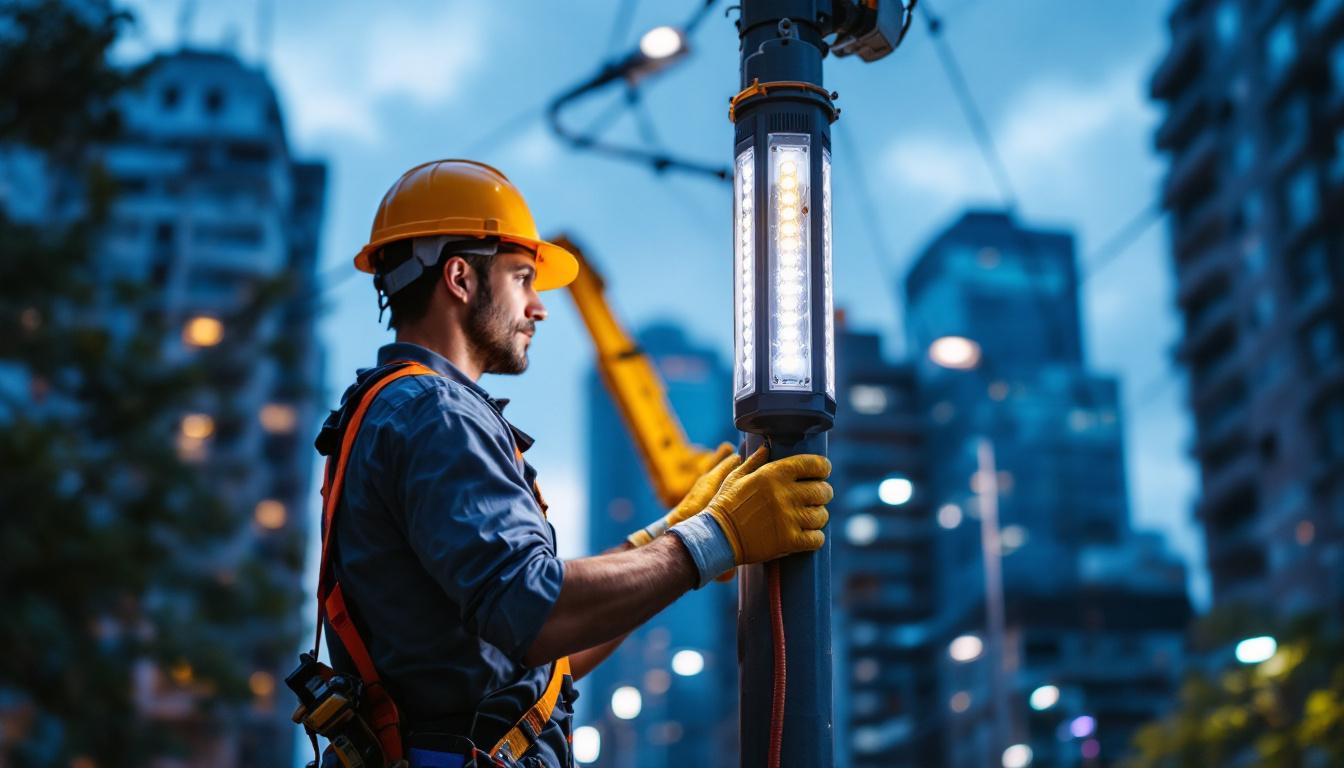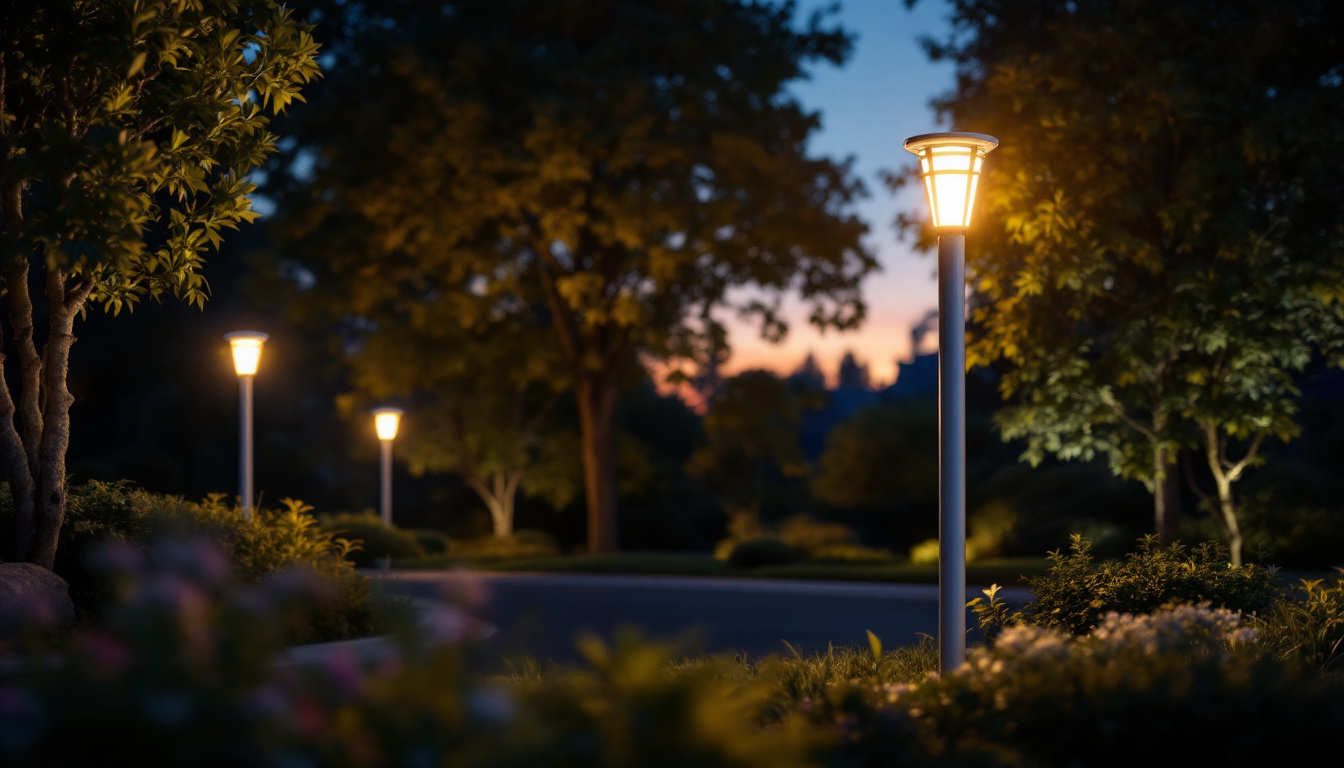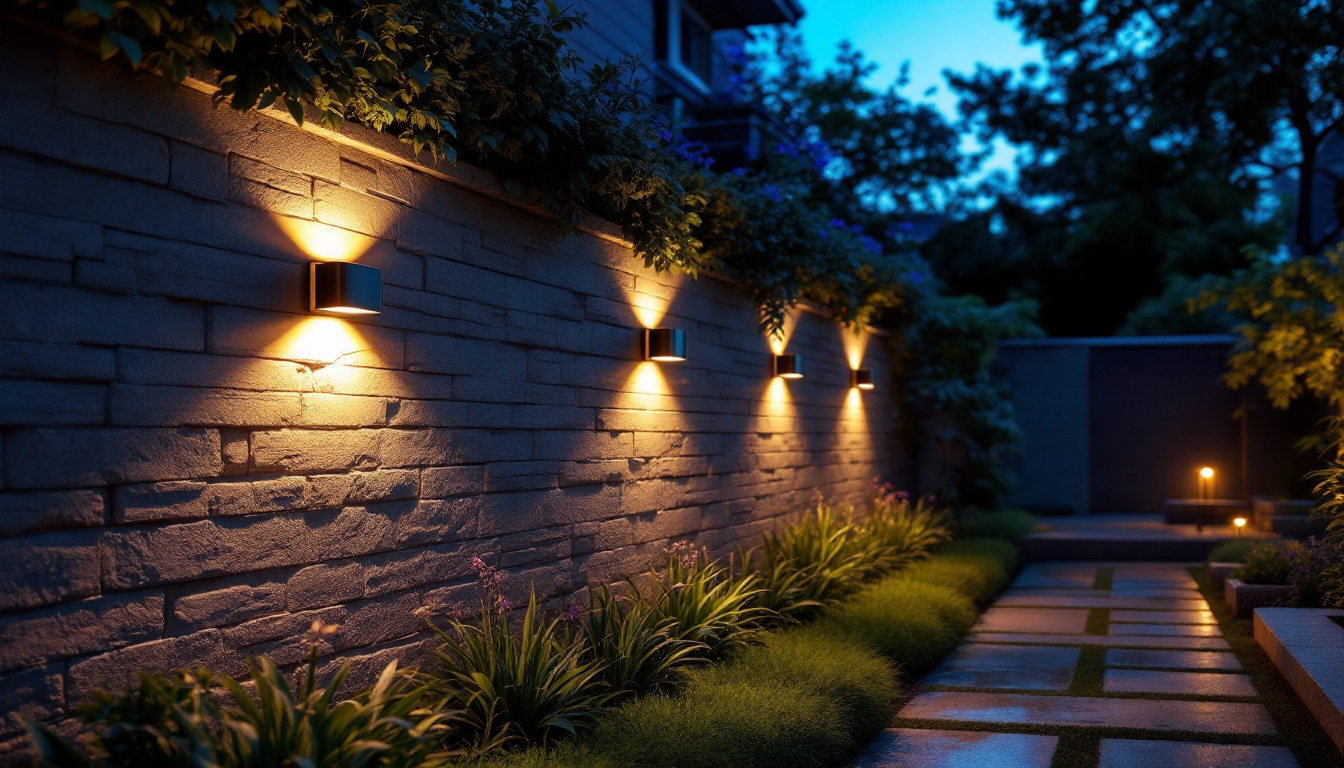
In the ever-evolving world of lighting solutions, LED pole lighting has emerged as a popular choice for both commercial and residential applications. Its energy efficiency, longevity, and versatility make it a preferred option for lighting contractors. However, the transition to LED technology and the installation of pole lighting systems come with their own set of challenges. This article delves into these challenges and offers practical strategies for lighting contractors to overcome them.
Before addressing the challenges, it is essential to recognize the numerous benefits that LED pole lighting brings to the table. Understanding these advantages can help contractors communicate effectively with clients and justify the investment in LED technology.
One of the most significant advantages of LED lighting is its energy efficiency. LEDs consume significantly less power compared to traditional lighting solutions, such as incandescent or halogen bulbs. This reduction in energy consumption translates to lower electricity bills, making it an attractive option for clients looking to cut costs.
Moreover, the energy efficiency of LED lights contributes to a smaller carbon footprint, aligning with the growing trend toward environmentally sustainable practices. This aspect can be a compelling selling point for contractors aiming to appeal to eco-conscious clients. By choosing LED pole lighting, clients not only save on energy costs but also participate in the global effort to reduce greenhouse gas emissions, making their projects more sustainable and socially responsible.
LEDs are known for their impressive lifespan, often lasting up to 25,000 hours or more. This longevity means fewer replacements and maintenance visits, which can significantly reduce costs for both contractors and clients. Additionally, LEDs are more resistant to shock, vibration, and temperature fluctuations, making them suitable for outdoor applications.
Contractors can leverage this durability by emphasizing the long-term savings and reduced maintenance requirements to potential clients. This can help in building trust and establishing a reputation for reliability in the market. Furthermore, the robust nature of LED technology means that these lights can perform well in various weather conditions, from extreme heat to frigid temperatures, ensuring consistent illumination regardless of the environment. This reliability can be particularly advantageous for municipalities and businesses that require dependable lighting for safety and security reasons.
In addition to their durability, many LED pole lights come equipped with smart technology features, such as dimming capabilities and motion sensors. These innovations allow for further energy savings and enhanced functionality, enabling users to tailor lighting levels based on specific needs and occupancy patterns. This adaptability not only maximizes efficiency but also enhances the overall user experience, making LED pole lighting a versatile choice for a wide range of applications.
Despite the many advantages of LED pole lighting, contractors often encounter various challenges during installation and project execution. Recognizing these challenges is the first step toward developing effective solutions.
One of the primary challenges contractors face is the technical knowledge required to install and maintain LED systems. Unlike traditional lighting, LED technology involves different electrical components and wiring techniques. This can pose a steep learning curve for those who are accustomed to older lighting systems.
To overcome this challenge, contractors should invest in training programs that focus on the specifics of LED technology. Workshops, online courses, and manufacturer training sessions can provide valuable insights into the installation process, troubleshooting, and maintenance of LED systems. Furthermore, hands-on training can be particularly beneficial, allowing contractors to familiarize themselves with the equipment and software used in modern lighting systems. This practical experience not only enhances their skill set but also boosts confidence when tackling complex installations.
While LED lighting offers long-term savings through reduced energy consumption, the initial investment can be a barrier for many clients. The upfront costs associated with purchasing LED fixtures and installation can deter potential customers, especially if they are accustomed to cheaper traditional lighting options.
Lighting contractors can address this concern by providing a detailed cost-benefit analysis that highlights the long-term savings associated with LED pole lighting. By breaking down the numbers and showcasing the return on investment, contractors can help clients see the value in making the switch. Additionally, exploring financing options or incentives available for energy-efficient upgrades can further alleviate financial concerns. Many utility companies offer rebates for LED installations, which can significantly reduce the initial costs and make the transition more appealing for clients.
Another significant challenge involves navigating the various regulations and standards that govern lighting installations. Compliance with local building codes, safety standards, and energy efficiency regulations can be complex and time-consuming.
Contractors should stay informed about the latest regulations and standards related to LED lighting. Joining industry associations or organizations can provide access to valuable resources and updates on compliance requirements. Additionally, collaborating with local authorities can help ensure that all installations meet the necessary guidelines. Engaging with regulatory bodies early in the project can also streamline the approval process, reducing delays and ensuring that the project adheres to all safety and environmental standards. By fostering these relationships, contractors can position themselves as knowledgeable partners in the industry, further enhancing their reputation and client trust.
To ensure successful LED pole lighting projects, contractors can implement several strategies that address the challenges discussed above. These strategies can enhance efficiency, improve client satisfaction, and ultimately lead to more successful project outcomes.
Choosing high-quality LED fixtures is crucial for the success of any lighting project. Contractors should partner with reputable manufacturers that offer reliable products backed by warranties. Quality fixtures not only perform better but also reduce the likelihood of failures and maintenance issues down the line.
Contractors should also consider the specific needs of each project when selecting products. Factors such as brightness, color temperature, and beam angle should be taken into account to ensure that the lighting meets the client’s requirements.
Effective project management is essential for the successful execution of LED pole lighting projects. Contractors should develop a comprehensive project plan that outlines timelines, budgets, and resource allocation. This plan should also include contingency measures to address any potential issues that may arise during the installation process.
Regular communication with clients and team members is vital to keep everyone informed about project progress and any changes that may occur. Utilizing project management software can streamline this process and enhance collaboration among team members.
Education plays a critical role in overcoming client hesitations regarding LED pole lighting. Contractors should take the time to educate clients about the benefits of LED technology, the installation process, and the long-term savings associated with it. Providing case studies or testimonials from previous clients can also help build trust and credibility.
Offering demonstrations of LED products can further enhance client understanding and appreciation. By allowing clients to see the difference in lighting quality and energy efficiency firsthand, contractors can facilitate informed decision-making.
The landscape of LED pole lighting is constantly evolving, driven by technological advancements and changing consumer preferences. Staying abreast of these trends is essential for contractors looking to remain competitive in the market.
One of the most significant trends in the lighting industry is the rise of smart lighting solutions. These systems allow for remote control, automation, and integration with other smart technologies. Contractors should consider incorporating smart lighting options into their offerings, as clients increasingly seek innovative and customizable solutions.
Smart LED pole lighting can enhance security, improve energy efficiency, and provide greater flexibility in managing lighting schedules. Contractors who embrace this trend can position themselves as forward-thinking professionals in the industry.
As environmental concerns continue to gain prominence, the demand for sustainable lighting solutions is expected to rise. Contractors should be prepared to offer products that align with sustainability goals, such as energy-efficient LEDs and fixtures made from recyclable materials.
By emphasizing sustainability in their marketing efforts, contractors can attract environmentally conscious clients and differentiate themselves from competitors. This focus on sustainability can also lead to partnerships with organizations that prioritize eco-friendly practices.
The integration of renewable energy sources, such as solar power, into LED pole lighting systems is another trend gaining traction. Solar-powered LED lights offer an environmentally friendly alternative that can significantly reduce energy costs.
Contractors should explore the feasibility of incorporating solar technology into their projects. This not only enhances the sustainability of the installation but also provides clients with an innovative solution that can further reduce their reliance on traditional energy sources.
LED pole lighting presents numerous advantages for both contractors and clients, but it also comes with its own set of challenges. By understanding these challenges and implementing effective strategies, lighting contractors can successfully navigate the complexities of LED installations.
Investing in quality products, effective project management, and client education are essential steps toward ensuring successful projects. Furthermore, staying informed about emerging trends, such as smart lighting solutions and sustainability initiatives, will position contractors for future success in the ever-evolving lighting industry.
Ultimately, embracing the opportunities presented by LED pole lighting can lead to enhanced client satisfaction, increased profitability, and a stronger reputation in the competitive landscape of lighting contracting.
Ready to tackle your next LED pole lighting project with confidence? At LumenWholesale, we provide lighting contractors like you with the highest quality, spec-grade lighting products at prices that can’t be beaten. Say goodbye to local distributor markups and hello to our extensive selection that meets the most rigorous industry standards. With free shipping on bulk orders, you can trust that you’re getting premium lighting solutions at the best value — no hidden fees, no compromises. Elevate your lighting projects with the perfect combination of quality, affordability, and convenience. Wholesale Lighting at the Best Value is just a click away. Start shopping now and light up your projects with LumenWholesale.

Discover how a 12-watt LED can revolutionize lighting contractors’ projects by offering energy efficiency, cost savings, and enhanced illumination.

Discover innovative strategies to enhance profitability in the lighting industry with “Hi Wall: Boosting Profits, A Guide for Lighting Contractors.” This comprehensive guide offers practical tips, insider insights, and effective techniques to elevate your business and maximize returns.

Discover the essential guide for lighting contractors with our comprehensive checklist on solar light poles.

Discover how outdoor solar wall lights can revolutionize your lighting installation projects by enhancing efficiency, sustainability, and aesthetics.